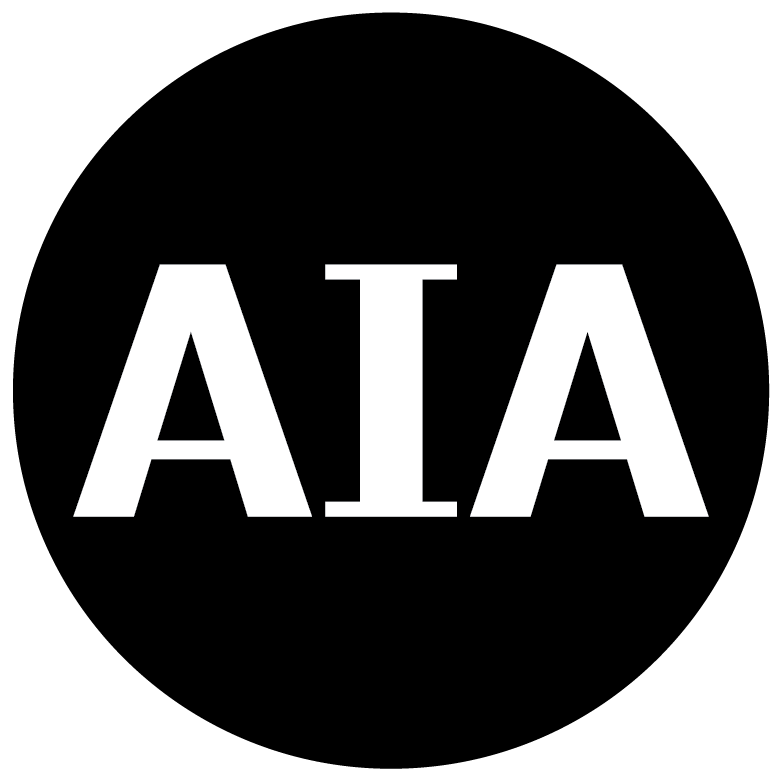What is the architect’s obligation to design to budget?
As an architect, you have likely been confronted with this question: How will you manage the design process so the cost is within the client’s budget? In this article, we aim to explore any obligation the architect may have to design to a budget, along with what happens if, when pricing the project, it is over budget.
As with most questions regarding obligations between two contracting parties, the first place to look is the contract. AIA Contract Documents address this issue in two ways: one in the AIA Document B101™-2017 Standard Form of Agreement Between Owner and Architect and the other in the AIA Document B103™-2017 Standard Form of Agreement Between Owner and Architect for a Complex Project. The relationship of design and budget is extremely important for a construction project, so important that almost 20 sections in the B101 and B103 contracts address the “designing to a budget” process. To get started, let’s talk conceptually about how they both tackle this issue.
Looking at B101, the process anticipates that the architect will:
- consult with the owner regarding program, budget, and schedule;
- provide conceptual estimates of construction cost;
- design with the intent to stay within budget;
- update the estimates as the design progresses and inform the owner of variances from the budget;
- and obtain the owner’s approval of the design at each phase before moving on to the next one.
At the conclusion of the construction documents phase, if the lowest qualified bid is over the owner’s budget the owner may—among other possible remedies—require the architect, at no additional charge, to perform redesign services to bring the cost within the budget (B101-2017 Section 6.7). The 2017 edition of B101 adds protections for the architect to account for price increases caused by market conditions the architect could not reasonably anticipate; in that scenario, the architect will be paid to make changes to meet the budget as an additional service. Further, B101 Section 6.7 notes that the architect shall have no further responsibility as a result of bids coming in over budget once the architect has provided its redesign services.
The risk allocation set forth in B101 is fair and sensible because, under B101, the architect is the person best situated to keep the design within the owner’s budget. Why is that the case? Under the terms of B101, (i) the architect is responsible for managing the design to meet the budget, (ii) the owner has the right to rely upon the architect’s conceptual cost estimating, and (iii) the architect has considerable freedom in the design process to manage the design to achieve the owner’s budgetary goals. The key section in the contract regarding this process is Section 6.3, which reads as follows:
In preparing estimates of the Cost of Work, the Architect shall be permitted to include contingencies for design, bidding, and price escalation; to determine what materials, equipment, component systems, and types of construction are to be included in the Contract Documents; to recommend reasonable adjustments in the program and scope of the Project; and to include design alternates as may be necessary to adjust the estimated Cost of the Work to meet the Owner’s budget.
Most architects don’t fully appreciate the impact of Section 6.3 or don’t invoke it, tending to defer to other forces at work during the design process.
How B103 approaches budget
Conceptually, the B103 contract is very similar in overall structure to B101. There is, however, a significant difference that shifts the risk allocation. In B103, the architect is not providing design estimating services because the owner is required to employ a professional cost estimator or construction manager who provides pre-construction pricing services. Due to the involvement of the owner’s cost estimator, provisions in B103 relating to the architect’s obligation to design to budget differ from those in B101, including Section 6.3, which states the following:
The Owner shall require the Cost Consultant to include appropriate contingencies for design, bidding or negotiating, price escalation, and market conditions in estimates of the Cost of the Work. The Architect shall be entitled to rely on the accuracy and completeness of estimates of the Cost of the Work the Cost Consultant prepares as the Architect progresses with its Basic Services. The Architect shall prepare, as an Additional Service, revisions to the Drawings, Specifications or other documents required due to the Cost Consultant’s inaccuracies or incompleteness in preparing cost estimates, or due to market conditions the Architect could not reasonably anticipate. The Architect may review the Cost Consultant’s estimates solely for the Architect’s guidance in completion of its services, however, the Architect shall report to the Owner any material inaccuracies and inconsistencies noted during any such review.
Note the critical difference. In B103, the architect has the right to rely upon the estimates provided by the owner’s cost estimator, and the architect will be paid additional compensation to make changes, due to inaccuracies or incompleteness in those estimates or market conditions the architect could not reasonably anticipate. However, if the project is over budget at the end of the design development phase—contrasted with the end of the construction documents phase, as is the case in B101—the architect will be required to make cost-reducing changes to the design and bring the project under budget as a basic service, unless one of the conditions in Section 6.3 applies.
Appropriately, once the architect performs any necessary redesign services during the construction documents phase to meet the owner’s budget, any further efforts to revise the design to meet the budget will be paid as additional services because the architect will be relying upon the pricing guidance of the owner’s cost estimator. Like B101, Section 6.6 of B103 confirms this concept; it states that the architect’s revisions in the construction documents phase are the limit of the architect’s responsibility.
Your contract—and you need to make sure you have an executed contract—will describe the responsibilities of the parties regarding designing to a budget. The AIA agreements referenced above are very good at fairly allocating those responsibilities. But what if you don’t have an opportunity to use an AIA Contract Document? Now that you understand the concept of fairly written “design to budget” contract terms, use that knowledge to negotiate a contract that works for you and your client.
AIA has provided this article for general informational purposes only. The information provided is not legal opinion or legal advice. The Risk Management Program posts new materials and resources periodically.

